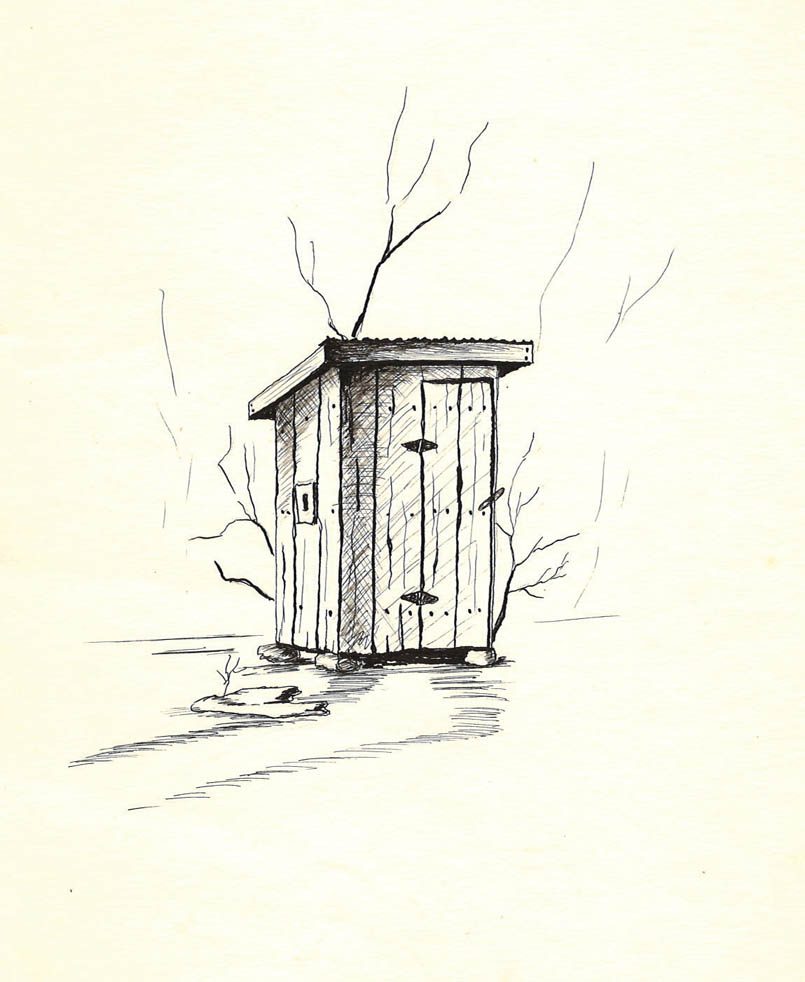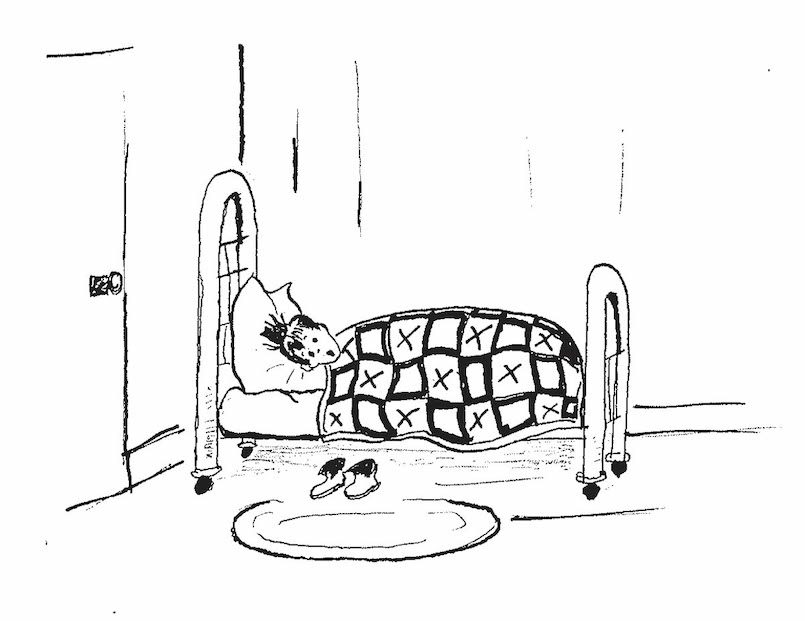26 Dec 2019 In so many words
There are some in my generation who are the last to have memories of living in and around older people and their ways of living. I’m sure current younger ones will someday tell tales and make fun of their parents’ “antiquated” ways. However, I am glad I did get to observe some family culture that was closely related to the early days of our country. Theirs was a hardscrabble life that is rarely seen today. I am sometimes asked about Arkansas traditions and word and phrase origins and meanings – I have many to draw on, but the winter months of old made long-lasting country-life contributions.
Blackberry Winter
I have some stray, wild blackberries that are a nuisance, but I recall how the old folks would often say there could be a cold rain and wind in May when the blackberries bloomed. Even though that weather could ruin farm crops, it seemed to make the blackberries larger. This was good for blackberry cobbler, but for me, blackberry winter just meant the chiggers would be more abundant.

Full as a tick
I remember using this phrase once and seeing my mother’s reaction. I brought a boyfriend home from college for a Sunday meal, and as we were finishing up I said I was “full as a tick.” It was intended as a compliment to the cook. Obviously it didn’t sound appropriate at the table, so the “cook” kicked my innocent shin and gave me the evil eye.
The term could be taken two ways, but my city-bred boyfriend wouldn’t know about either one, anyway. It could refer to the insect, of course, but it also referred to a “tick,” or what has evolved into today’s “mattress cover.” Tick, or “ticking,” was originally the fabric “shell” of a sleeping pad that was stuffed with straw or feathers. My grandparents only had feather beds, but in my youth our own beds had striped ticking stuffed with cotton and were secured overall with several fabric covered buttons. In much earlier days, people gathered heaps of straw and tightly stuffed it into their ticks to last the winter.
Angel Crowns
You won’t find many people knowing about this anymore because feather beds and pillows are rare. In my parents’ youth, most people died at home and it was common for family members to later open the feather pillow of the deceased to look and hope for an angel’s crown or wreath. This was a round or swirled pattern of the feathers where the person’s head had lain. The presence of at least one meant they had gone to heaven. I heard of this tradition concerning my great-grandmother’s death and it left quite an impression. There is a probable reason, but I don’t want to ruin the legend.

Hog Killing Time
People in the Ozarks or other southern hills knew when it was hog killing time. Everything was done by moon phases, so they followed the almanac.
I recall my first experience observing the process. I had watched the men skin squirrels before, but not “process” a hog. It was a very cold November day and we had gone to my grandparents’ cabin in the northeastern Arkansas hills. Male friends and family had gathered at a convenient tree for the occasion, while the women stayed in the house for “wimmin talk” regarding their children, cooking and “sich as that.”
All participants generally ate first, as it was an all-day affair. Several preliminary steps were taken to prepare the unfortunate hog, but it was the hog-scalding and butchering that has remained in my mind. I learned the source of the old phrase, “bleeding like a stuck pig.”
I apologize here, but people’s language reflected their ways of life! If you wanted to eat, you had to kill farm animals, fowl and wildlife! When all was done, bacon and hams were hung in the smokehouse and shared with helpers, and cracklings were saved for cornbread. They would eat “high on the hog” as the upper parts were the choice ham and loins.
Speaking of hogs, perhaps I should mention here that my parents felt some unknowledgeable person must have invented the Arkansas Razorback call, as hogs are called with “Hoo-EE!” and shooed away with “Soo-EE!”
Quilting Bees
The sources of heat in our house in my youth were small gas stoves and a large Dearborn heater in the living room. To add to the winter sleeping comfort needed, however, quilts were required.
My mother and sometimes an aunt would sit at the ever-present quilting frame made by my dad and they would stitch for hours. They would first “piece” or stitch together the pieces of fabric for quilt tops by hand, not by sewing machines as is done today. The bottom fabric was pinned on the frame, topped with batting or padding, then the colorful quilt top was secured and ready for hand-stitching.
Occasionally Mother had friends over to help hasten the making of a quilt. She would reciprocate by helping others with theirs. This activity is centuries old and I didn’t appreciate that at the time. Helpers never expected anything but conversation, laughter, sharing of “household hacks” and perhaps some homemade cookies and coffee.
Our state has a modest profile with a wealth of foreign cultural effects, particularly those from what is now the United Kingdom. This includes manners of living, cooking, expressions and a wish to not lose them. If your grandmother made Tennessee stack cakes, then you’ve had a piece of heaven on earth. If she ever sent you down to the spring house for two buckets of water, you knew not to whine.
If she ever gave you a Sears/Roebuck catalogue to take to the outhouse, you knew it wasn’t for reading. If your grandmother ever said, “Well I’ll swanee!” or said your shoes looked “tacky,” then you know what I’m talking about.
If you don’t, you’re missing connections with your ancestral past!
Editor’s Note: The drawings accompanying this column were created by Dr. Noel W. Lawson, MD, and appear in Marvin Lawson’s book titled “By Gum I Made It.”
- And that’s what Christmas is really all about - December 2, 2025
- Giving thanks - November 4, 2025
- Giving up was not an option - September 30, 2025










